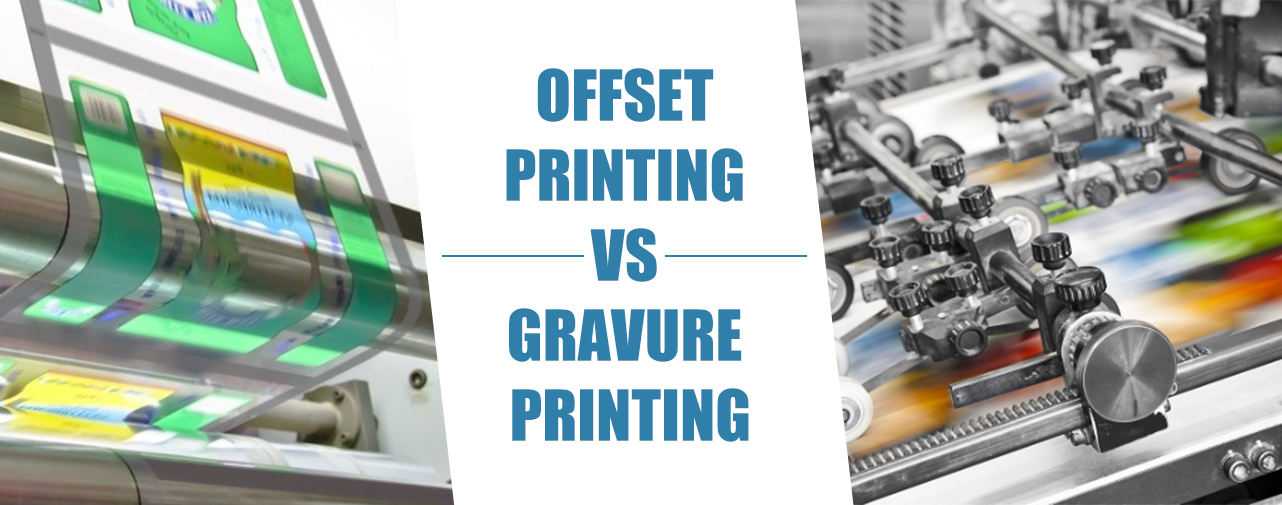+86 137 0938 2367
+86 137 0938 2367
FAQ
Q: What robots do you use?
The robots are custom made to match our production line, the brand is GH automation technology.
Q: What typical machine size you have?
Our machine size from 200 to 530 tons, if need bigger size, our plant room still have space to invest new machines.
Q: Who make the molds? And what’s the leading time?
The mold is designed by our Australian Consultant who work for Tupperware mold design more than 45 years, and mold made in our own tooling room in house. The lead time is 60-70 days, it depends on the mold size and cavity.
Q: What are the main differences between offset printing and gravure printing?
In-mold labeling (IML) is a popular method for decorating and labeling plastic products during the molding process. Two primary printing techniques used for IML are offset printing and gravure printing, each with its unique benefits and limitations.
Offset printing uses a series of metal plates to transfer ink onto the substrate. It is known for producing high-quality images with sharp details and vibrant colors. Offset printing is a versatile printing technique that can be used on a variety of substrates, including paper, plastic, and metal. However, it requires a significant amount of setup time and is more expensive than other printing methods. In IML, offset printing is best suited for large runs of simple designs, such as logos or text.
Gravure printing, on the other hand, uses a cylindrical drum with recessed cells that hold the ink. The ink is transferred to the substrate by a doctor blade that scrapes off the excess ink, leaving only the ink in the recessed cells. Gravure printing is ideal for printing large areas of solid colors or fine details, making it a popular choice for photographic images. Gravure printing requires less setup time than offset printing and is more cost-effective for shorter runs. However, it is limited to specific substrates, such as plastic and foil, and can be more challenging to reproduce precise colors and small text.
When it comes to IML, both offset printing and gravure printing have their unique advantages. Offset printing is best suited for larger runs of simple designs, such as logos or text. The high quality and versatility of offset printing make it an ideal choice for high volume food packagings production. Gravure printing, on the other hand, is ideal for printing larger areas of solid colors or fine details, making it a popular choice for photographic images. The cost-effectiveness of gravure printing makes it an excellent choice for short runs, and it is more straightforward to set up than offset printing.
In conclusion, the choice between offset printing and gravure printing for in-mold labeling depends on the specific requirements of the project. Offset printing is more versatile and offers higher quality, while gravure printing is more cost-effective and ideal for solid colors and fine details. A professional printer can help determine the best printing method for a particular IML containers project based on the design, substrate, and production requirements.

If you are interested in our company
Welcome to call us
Navigation
+86 596 6797 686
+86 137 0938 2367
Longchi Development Zone, Jiaomei Town, Taiwanese Investment Zone, Zhangzhou, Fujian, China
